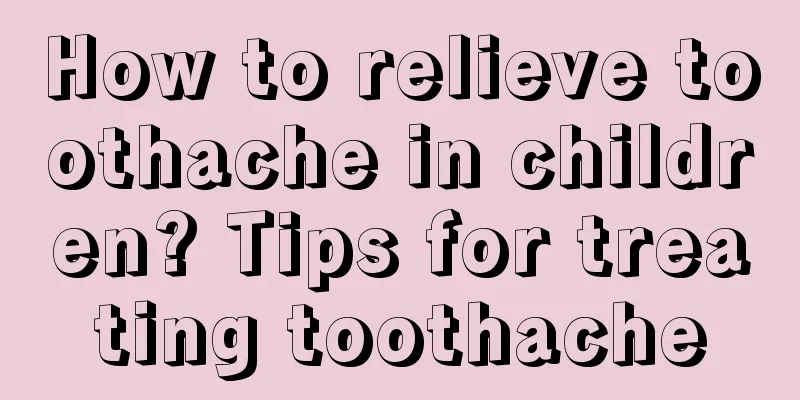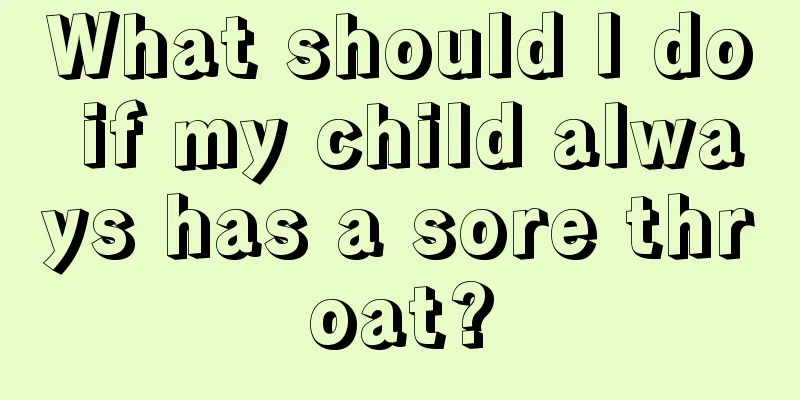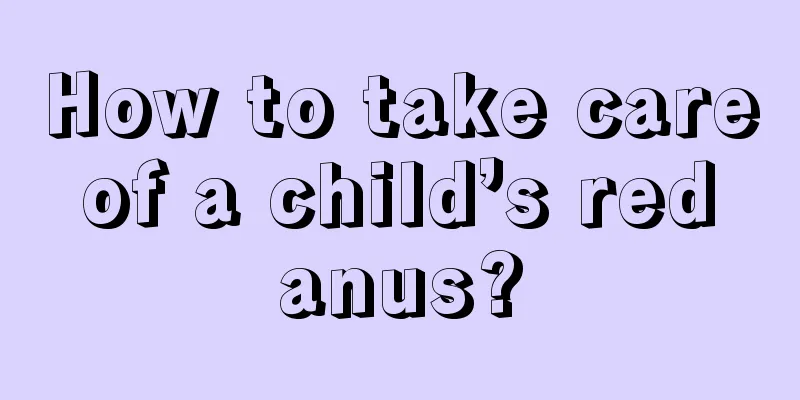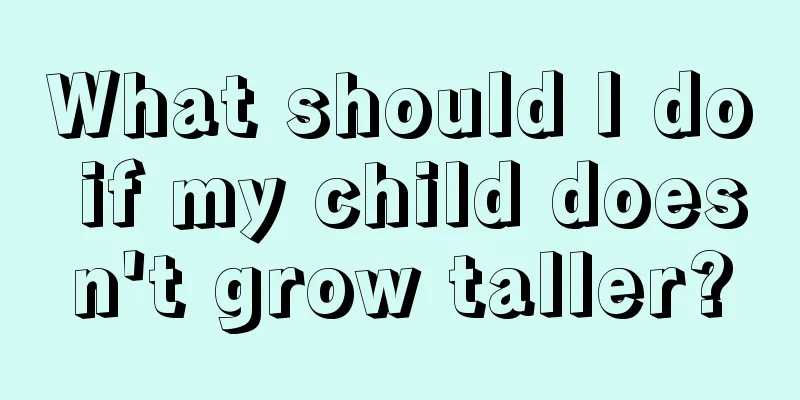How to reduce fever in a 9-year-old child
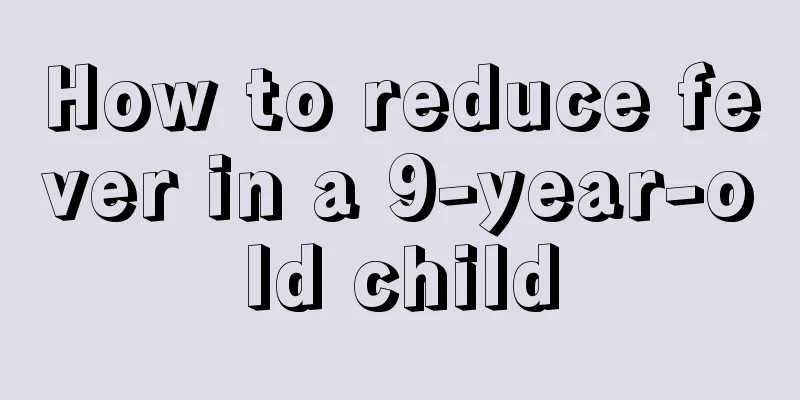
|
Fever is a common physical illness in children during their growth and development period. There are many reasons for children's fever. Generally speaking, colds or seasonal changes can easily cause the body to be exposed to colds and fever. Children have poor resistance during their growth and development period and are prone to fever. They need timely treatment. Physical therapy can be used to reduce fever in children, and they should pay more attention to drinking water and dissipating heat. What should I do if my 9-year-old child has a fever? 1. Let your child drink more warm water. The appearance of fever symptoms often harms children's physical health, causing abnormal conditions and general discomfort in the child's body. Fever must be treated in a timely manner. During the illness, the child can be allowed to drink more water to reduce the fever. Giving the child more water can not only effectively replenish body fluids, but also have a good effect of reducing the temperature. This is repeatedly applicable to all children with fever. 2. Physical cooling. Parents can rub the child's hands and feet to warm them up. When most children have fever symptoms, their heads are often particularly hot, while their hands and feet are cold. This indicates that the child's body temperature is still continuing to rise. At this time, the child should be physically cooled down. Parents can rub the palms and soles of the child's hands and feet until the child's hands and feet become hot. This repeated cooling effect can achieve a good cooling effect. Of course, we can also give the child a warm bath to achieve a good effect of heat dissipation, but the bathing time should not be too long to prevent the child from fainting. At the same time, the child should be dressed in time after the bath to avoid catching a cold. 3. Use medicine to reduce fever. When a child has severe fever symptoms, it is necessary to reduce the temperature through medication to prevent other complications caused by fever. Parents can choose appropriate medications under the guidance of a doctor to avoid blind use of medications and side effects. What food to eat when you have a fever Mothers choose different foods according to the different types of fever their children have. What food should children eat when they have a cold and fever? Generally, they should eat liquid food during the acute or high fever phase, and semi-liquid food during the recovery and fever-reducing phases. Liquid foods that children can eat when they have a fever include: (1) Milk. Milk can provide children with a certain amount of protein, and adding an appropriate amount of rice soup can provide some carbohydrates. (2) Rice soup. Rice soup can provide children with carbohydrates, and it has sufficient water content, making it easier for sick children to absorb it through their stomachs. Boil the rice until it is soft and remove the residue to get rice soup. (3) Mung bean soup. Mung beans are benign and have the effects of clearing away heat, detoxifying and relieving summer heat. (4) Fresh fruit juice. The main ingredients of fresh fruit juice are vitamins, minerals and carbohydrates. It only contains a small amount of plant protein and is easy to absorb. In summer, you can drink watermelon juice, which has the effects of clearing away heat, quenching thirst and promoting diuresis. In autumn and winter, you can drink fresh pear juice, which has the effects of moistening the lungs, clearing the heart, relieving cough, and removing phlegm. Fresh orange juice has the effects of removing dampness, resolving phlegm, clearing the lungs, and unblocking meridians. Semi-liquid foods that children can eat when they have a fever include lotus root powder, milk powder, porridge, eggs, and soft noodles. It is worth noting that liquid food is generally consumed during the acute phase of illness, and semi-liquid food is consumed during the recovery phase or fever-reducing phase. Do not suddenly add food that the child has not eaten before during the fever period to avoid diarrhea. If a child with a fever has a poor appetite, do not force him to eat, so as to avoid stomach discomfort and vomiting after eating, but be sure to pay attention to replenishing water. |
<<: Can babies sleep on a cool mat?
>>: The child shivers while sleeping
Recommend
The child's skin is very rough
Generally speaking, children's skin is very d...
Can six-month-old babies eat grapes?
Grapes are sweet and sour and rich in nutrients, ...
How to treat blisters on baby's feet
If the baby has blisters on his feet, parents wil...
What should I do if my child has a fever after eating eel?
If your baby is usually lively but suddenly becom...
What should I do if my child’s teeth turn black?
Experts say that the reason why children's te...
What are the reasons why babies suddenly cry while sleeping?
A baby's constant crying is a very troublesom...
Can babies eat sheep brains? Parents, please watch this.
As we all know, sheep brain is a food with very h...
Here are some tips to prevent children from getting scalded
Children are always associated with naughtiness a...
What are the symptoms of wind-heat cold in children
I believe everyone is familiar with wind-heat col...
Why does jaundice cause itchy skin?
The skin of many newborn babies turns yellow a fe...
What are the cough medicines for children?
A child's cough is a normal protective respir...
Treatment of red spots on baby's face
Many parents are particularly concerned about the...
What to do if your baby cries at night
It is common for infants and young children to cr...
Mycoplasma transmission in children
There are always some infectious diseases in life...
What is the reason why children always have mouth ulcers
Many people will have oral ulcers every once in a...

